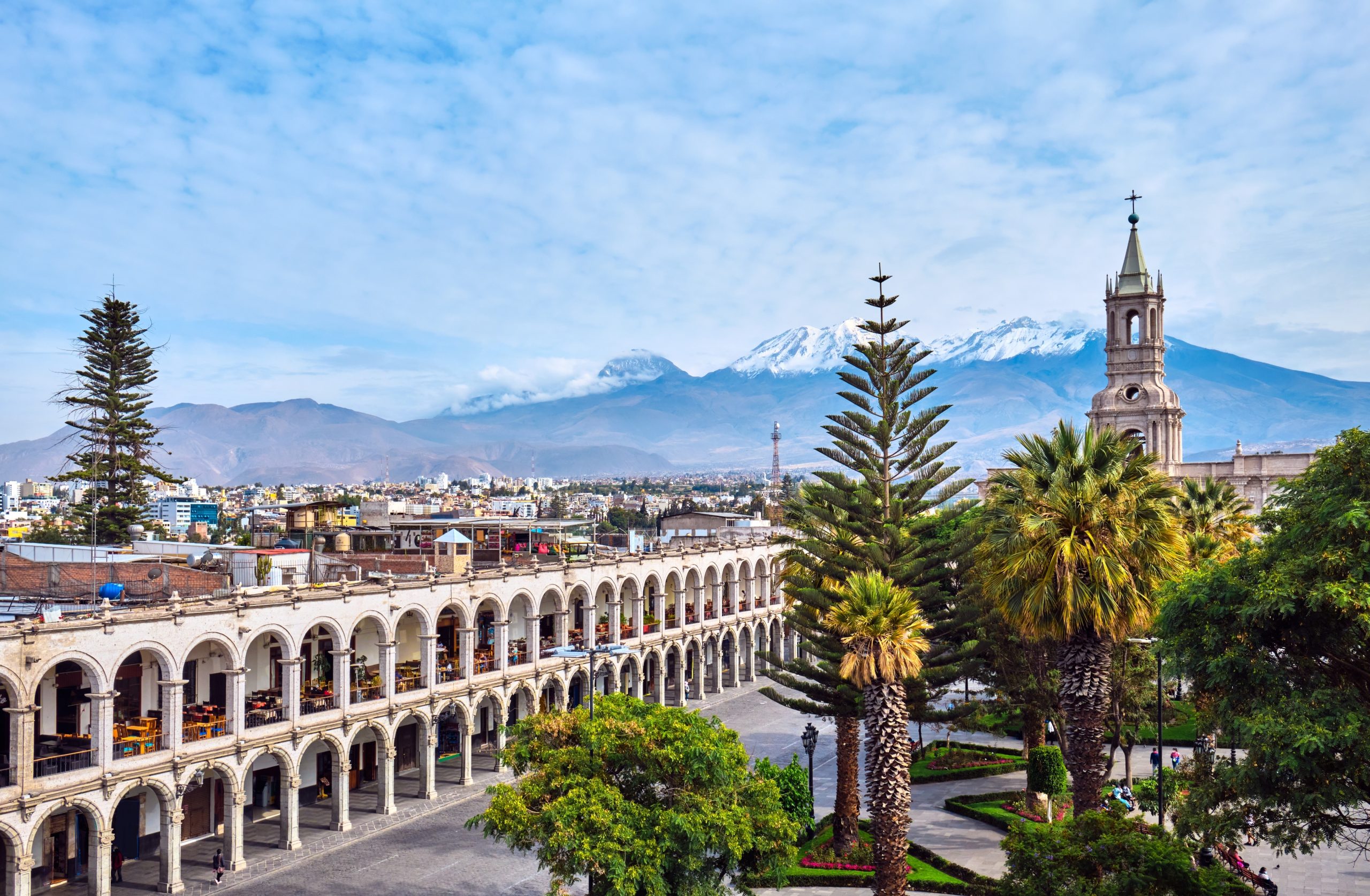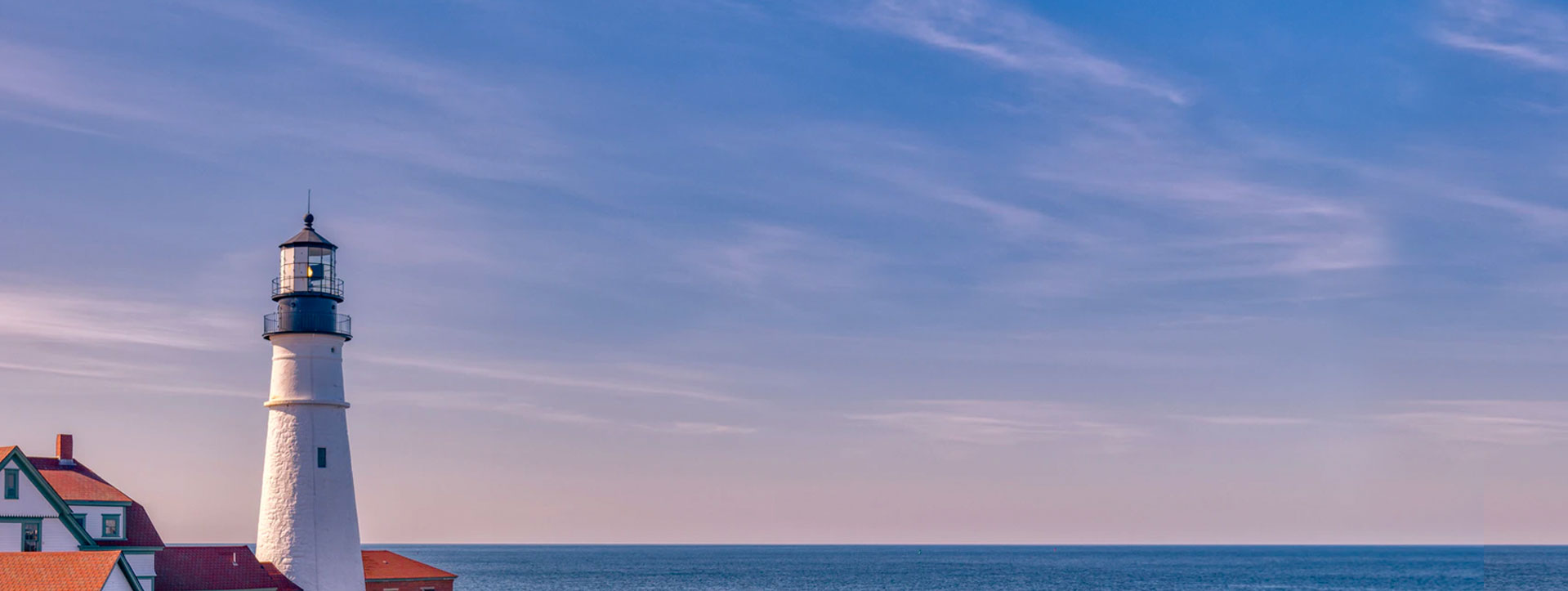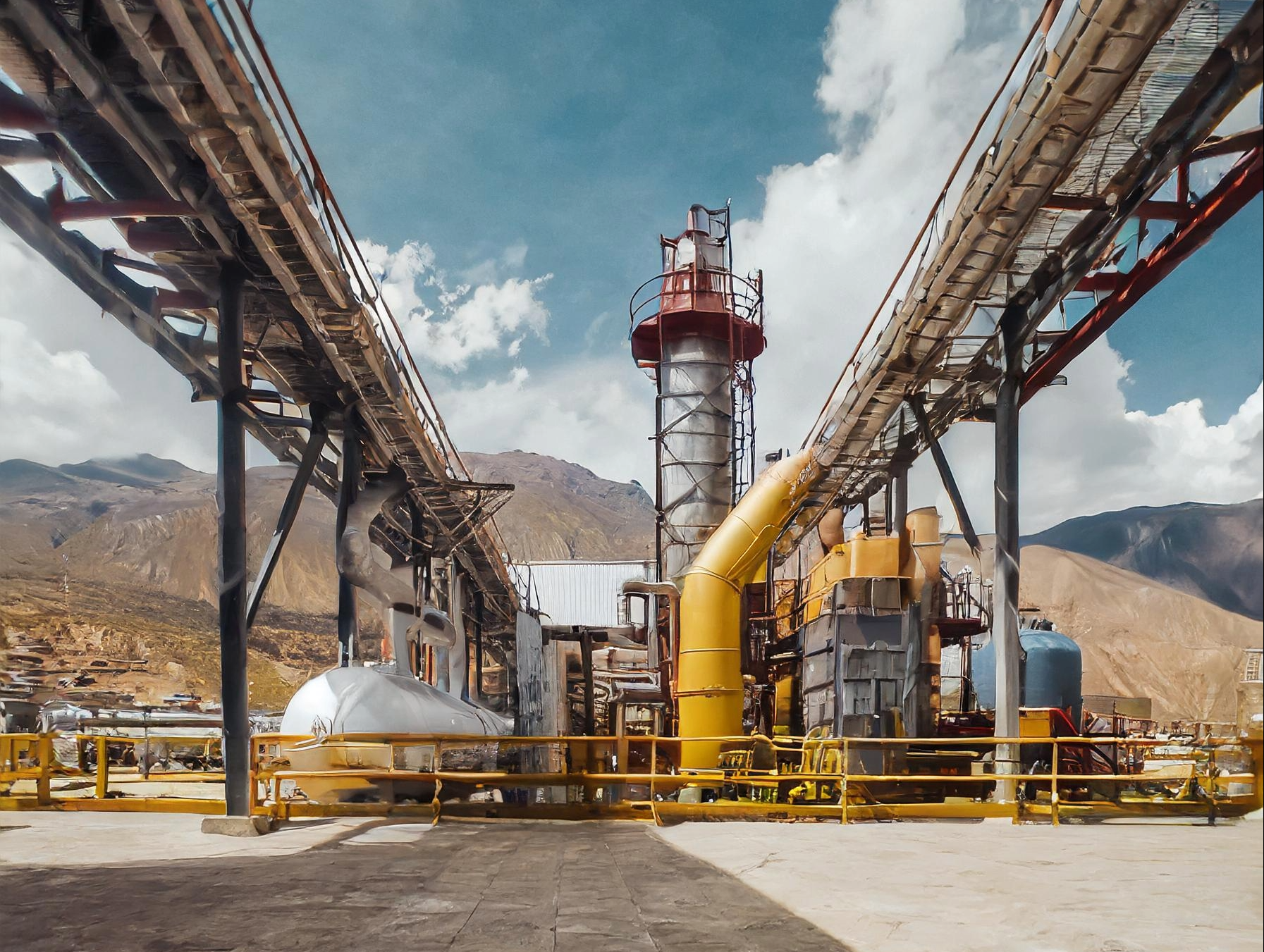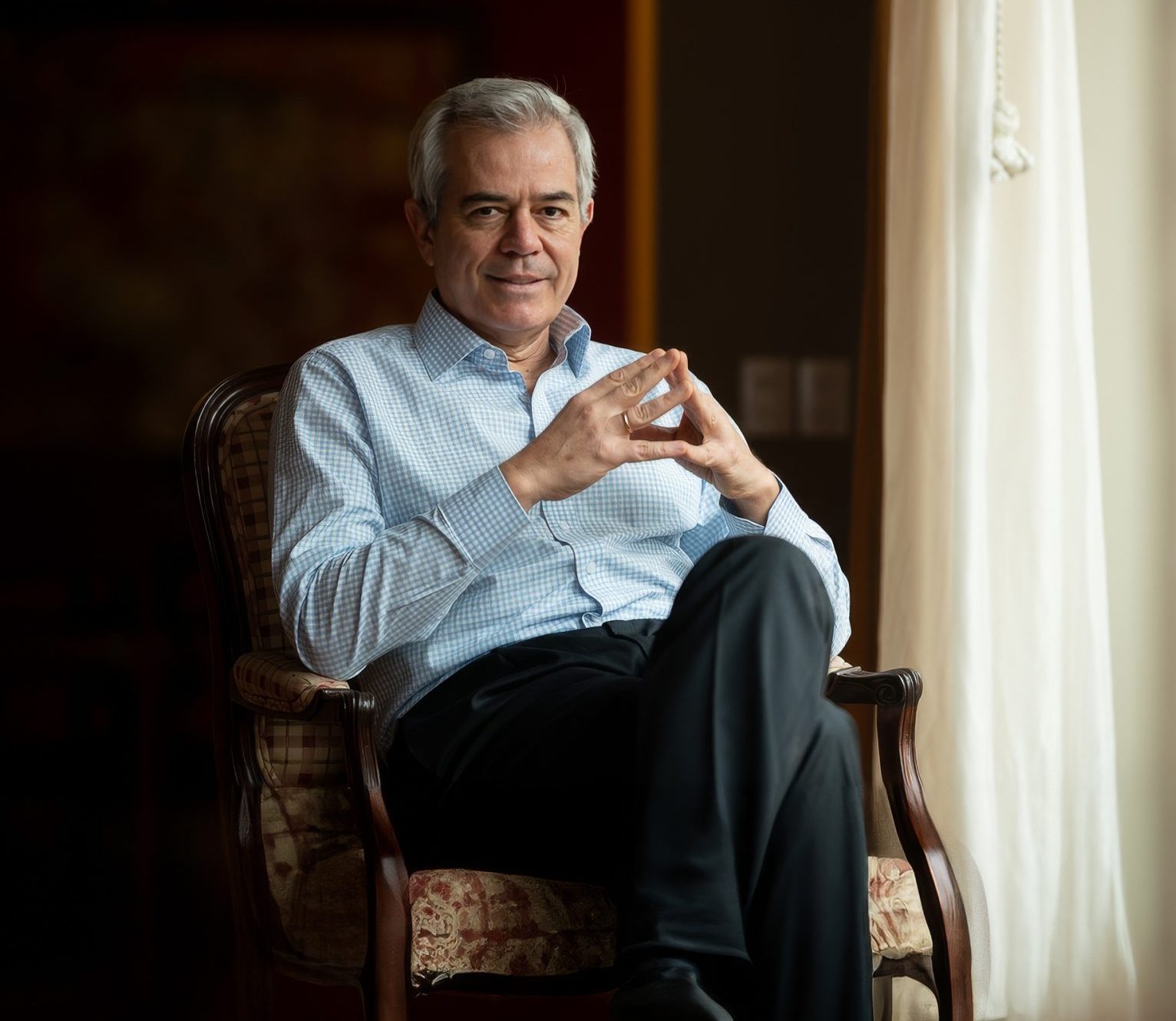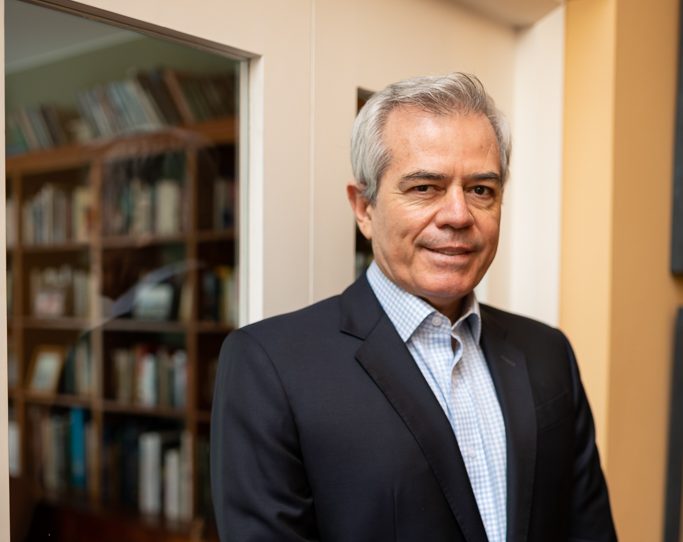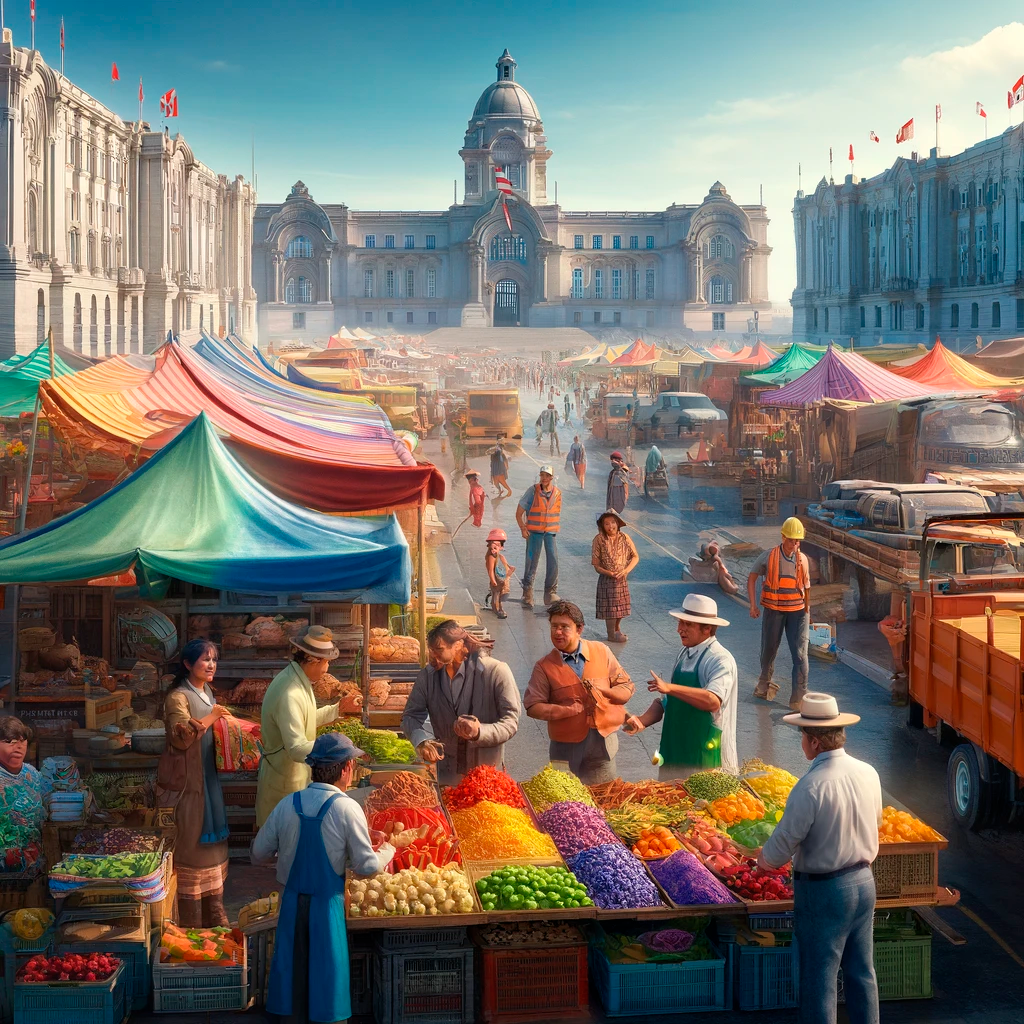Article in El Comercio.
Arequipa is the second most important region in Peru after Lima; however, its economic size lags significantly behind the capital. While Lima accounts for nearly half of the national GDP, Arequipa represents just 6%, and this share has only improved by a few tenths in recent years. This contrasts with what happens in other countries in the region. In Colombia, for example, the gap between Bogotá and Antioquia (Medellín) is much smaller (25% vs. 15%).
This “6% trap” that Arequipa has not managed to escape can be explained by the fact that its economy has grown only slightly above the national average. To break free from this trap, Arequipa would need to grow steadily at around 7% per year—more than double its recent pace—in order to reach a 10% share of national GDP within 15 years.
The good news is that Arequipa does have the conditions to accelerate its growth. It has an active local business community, better connectivity and infrastructure than most regions in the country, and—excluding Lima—it leads in the proportion of workers with higher education. These advantages, among others, provide Arequipa with a solid foundation to further boost strategic sectors such as mining, agribusiness, and tourism.
In the case of tourism, Arequipa has enormous potential. This is a labor-intensive sector that includes activities such as hotels, restaurants, tour guides, textiles, and more. In addition to the city’s historic center, one of the region’s main tourist assets is the Colca Canyon—the third deepest canyon in the world. However, the 300,000 tourists (both domestic and international) who visit the area usually stay for just one or two days. There is plenty of room to grow. Not far off, one of the main destinations in Chile’s Atacama Desert—with comparable geography and natural offerings—receives nearly twice as many visitors: around half a million per year.
Boosting tourism development in Arequipa, particularly in Colca, requires a series of interventions aimed at improving the visitor experience—all of which have already been identified. One of the most important—and already underway—is an alternate route to Colca from the city of Arequipa, which would reduce travel time by at least 20%. It is also essential to pave the roads connecting the various districts of the valley to ensure proper access to the entire area. There are trekking routes that could be quickly adapted, attracting a growing global audience. Moreover, there are urgent challenges in basic infrastructure: health centers lack essential equipment, internet coverage is limited, access to water is inconsistent, and service continuity is low.
In this context, citizen oversight initiatives like ReAcciona can play a key role in ensuring that these interventions are executed on time and within budget. Active civic monitoring is essential to ensure that projects are not just announced—but actually delivered.

